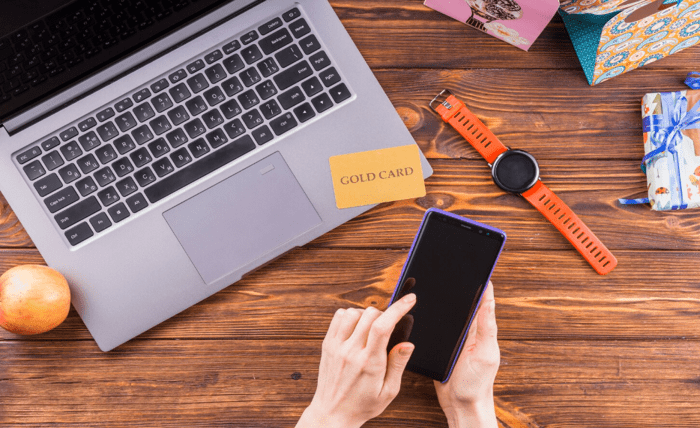Smartphones are not just a communication tool anymore. They also serve as a source of information, entertainment, and even assistance during emergencies. Therefore, building an emergency kit for your phone is crucial.
Whether you’re facing a natural disaster, power outage, or just an unexpected travel delay, having an emergency phone kit ready can help you stay connected and informed when it matters most. Here’s a guide to building an emergency kit for phone users, with a focus on data recharges and other must-haves.
1. Power Backup
Even with enough data, a dead phone is useless. Therefore, power backup is critical:
- Invest in at least one high-capacity power bank, such as 10,000mAh or more. Charge it regularly and keep it in your emergency bag. Keep at least two charging cables compatible with your phone.
- A compact solar charger can be invaluable during long outages or outdoor emergencies. Always keep a car charger in your vehicle. It can be a lifesaver during evacuations or road emergencies.
- Recharge in advance
In a crisis, running out of talk time or mobile data can leave you stranded. For safer side it is important to do phone rechargeswell in advance:
- Whether you’re on prepaid or postpaid, staying prepared is essential in emergencies. Save payment details on trusted apps or wallets, and keep some emergency cash in your kit. Being able to recharge a family member’s or friend’s number could be crucial in group situations.
- Make sure you’re always covered with the right prepaid and postpaid plans. Whether it’s staying online, making urgent calls, or sending a quick message, having the right plan can make all the difference.
3. Offline Essentials and Backup Information
During emergencies, the internet may be inaccessible. Make sure you can operate offline:
- Download apps like Google Maps that allow you to download maps for offline use, which is essential if GPS services fail.
- Back up important phone numbers both digitally, be it on the cloud or in a notes app. Also have a physically written copy in your kit.
- Store digital copies of IDs, medical info, and insurance documents on your phone in a secure, offline-accessible folder or app.
- Download Apps That Work Without Internet
Some apps are designed to work offline or with minimal data:
- Opt for recharge packs that have SMS plans. This will let you send messages when there’s no cellular network.
- You can also install apps provided by your local government or disaster management agency.
5. SIM Card Backup and Multi-Network Options
Network outages can occur during disasters, especially if the provider’s services are compromised. Here’s how to stay covered:
- Use a phone that supports dual SIM cards. Keep a backup SIM from a different provider in case your main network fails.
- If your device supports eSIMs, you can quickly switch providers without needing a new physical card.
- Consider international or roaming SIMs that connect to multiple networks across regions.
- Storage
Physical protection is just as important:
- Keep your phone and other gadgets safe by using waterproof cases, screen protectors, and a sturdy case, which help reduce the risk of damage during rough handling.
- Use dry bags or zip-lock bags to safely store accessories and recharge vouchers, keeping them protected from moisture and damage.
Conclusion
Being prepared with a phone emergency kit is essential. From power backups and offline tools to reliable data and talk-time access, every small step can help you stay connected when it matters most.
Don’t wait for an emergency to realize what you’re missing; make your kit now. Whether it’s a blackout, a road trip, or a natural disaster, the right preparation keeps you informed, safe, and one step ahead.

Singh is an experienced spiritual writer and the resident author at Guruvanee.com. With a deep passion for exploring the mystical aspects of life, Singh delves into various spiritual traditions, philosophies, and practices to inspire readers on their spiritual journeys.

